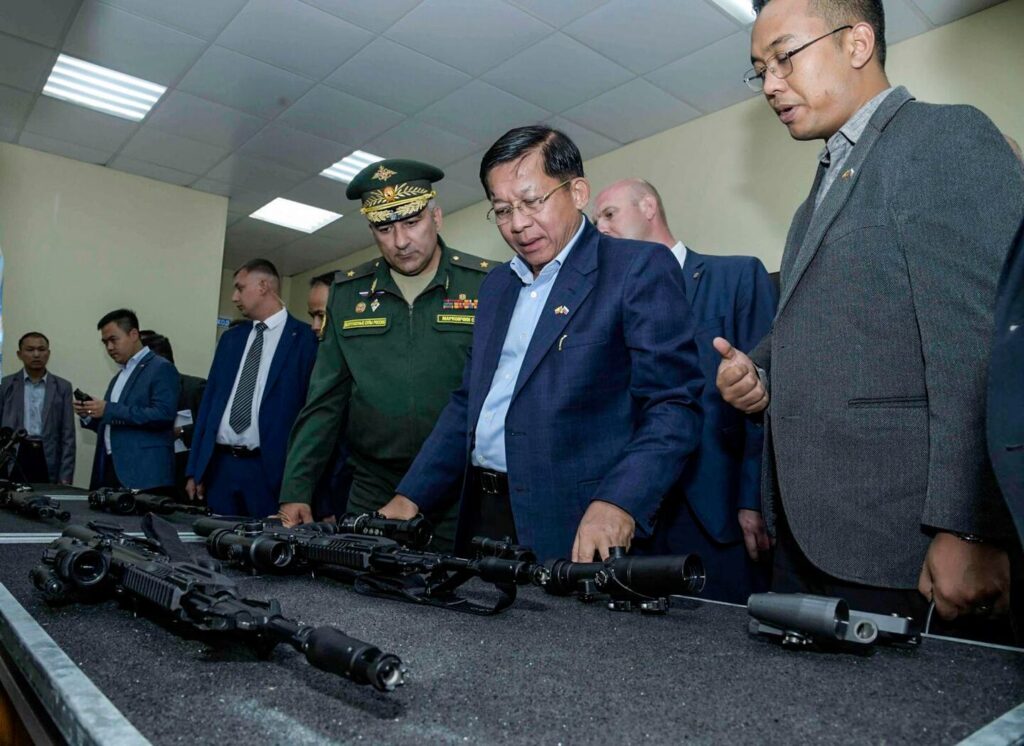MANTRAYA ANALYSIS#01: 13 APRIL 2015
BIBHU PRASAD ROUTRAY
Abstract
Far from a war-like scenario which is being predicted, the CPI-Maoist attack on the security forces in Sukma will not necessarily unveil a spectre in which the extremists would carry out waves of attacks. Attacks on the contrary would be selective and well planned. Given the depletion in the Maoist ranks over the past years, planning of each attack would be guided by the twin principles of avoiding losses and maximising miseries on the adversary.

(The injured security force personnel at Kankerlanka police camp in Sukma. Photo Courtesy: The Hindu)
The script was familiar. Unsuspecting or ill-prepared security force personnel being ambushed by the Communist Party of India-Maoist (CPI-Maoist) who not only wait for an opportune moment, but prepare well to derive maximum results from an attack is a proverbial narrative in the states affected by Left-wing Extremism (LWE), except for the fact that occurrences of these incidents have decreased in their frequency, owing to what has been described as operational weakness among the extremists. While presumption on the state of weakness of the extremists may have been true, interpreting it as a rout of extremism is proving to be grossly incorrect.
On 11 April, seven personnel belonging to the Special Task Force (STF) of the Chhattisgarh police including a platoon commander were killed and 10 or 11 others were injured when a large number of Maoists (estimated to be in the range of 100 to 300) ambushed the team, reportedly looking for an important Maoist leader who goes by his surname Hidma.
The last big attack on the security forces was on 1 December 2014 in which the Central Reserve Police Force (CRPF) lost 13 men in the Sukma district. However, what made the 11 April attack different from the 1 December incident was its execution. The ambush was reportedly carried out in three places along the STF’s route, initially targeting the full team and then attacking the retreating personnel who sought safety of a police station few kilometres away, twice in succession. The last ambush lasted over an hour. If these descriptions of the surviving personnel are true, such an attack would not only be one of its kind, but would demonstrate meticulous planning on part of the Maoists and an operation that is based on sound intelligence. It took almost 24 hours for the police and the Central Reserve Police Force (CRPF) personnel to recover the dead bodies of slain personnel from the hostile terrain. The task could be achieved with the help of neutral journalists who ‘sought permission’ from the Maoists to remove the bodies. Not just the weapons of the dead personnel, but even their shoes had been taken away by the Maoists.
Ironically, the attack came less than two months after Chhattisgarh Chief Minister Raman Singh’s tweet indicating that the LWE problem could be at the last leg of its life. On 18 February 2015, Singh had tweeted, “Our gallant police jawans and their sacrifice has brought us closer to the end of Naxalism.” While couple of attacks may not be enough to drown Mr. Singh’s optimism, it should be beyond reasonable doubt that solving the problem would take a much longer time, only if the state does things right. The fact that Sukma in the past couple of years has emerged as the worst LWE-affected district in the entire country and little seems to have been done about reversing the extremist dominance underline a persisting lack of direction in the state’s anti-LWE strategy.
Each attack of the 11 April variety exposes a large number of chinks in the security establishment’s armour. Media reports speak of the operational fallacy of dispatching a small group of STF personnel in pursuit of a Maoist leader who is known to move in the company of over 100 cadres. The STF team, which did not inform the CRPF of its movement, were probably led into a trap by the Maoists using villagers. Allegations also include the defensive approach of the CRPF which handles bulk of the counter-LWE duties. The CRPF’s response, however, has detailed the number of big operations it has undertaken in the past months (63 since December 2014) and the number of men it has lost in encounters (42 in 2014).
One of the frequently asked questions following such attacks is whether incidents of extremism will rise in the coming months. Maoists did follow up the 11 April attack with two other attacks in Kanker district. On 12 April, an extremist group raided the Barbaspur iron ore mining site and after threatening the labourers torched 18 vehicles at the site. On the same day, Maoists opened fire on a camp of the Border Security Force (BSF) under Bande police station area killing a head constable. These three attacks have been interpreted as beginning of the annual Tactical Counter Offensive Campaign (TCOC) by the Maoists. The TCOC reportedly is expected to continue for the next few months. Such analysis is a pointer towards how reactions to spectacular attacks, both at the official and strategic levels, have remained clichéd and heavily influenced by Maoist catchphrases.
Far from a war-like scenario which is being predicted, these attacks do not necessarily unveil a spectre in which the extremists would carry out waves of attacks targeting the security forces. In stead, attacks would be selective and well planned. Given the depletion in the Maoist ranks over the past years, planning of each attack would be guided by the twin principles of avoiding losses and maximising miseries on the adversary. In plain terms, in the coming months the affected states will have to brace for attacks that would spring as surprises.
(Bibhu Prasad Routray is the Director of MISS. All Mantraya publications are peer-reviewed.)




